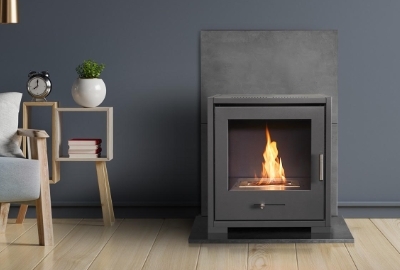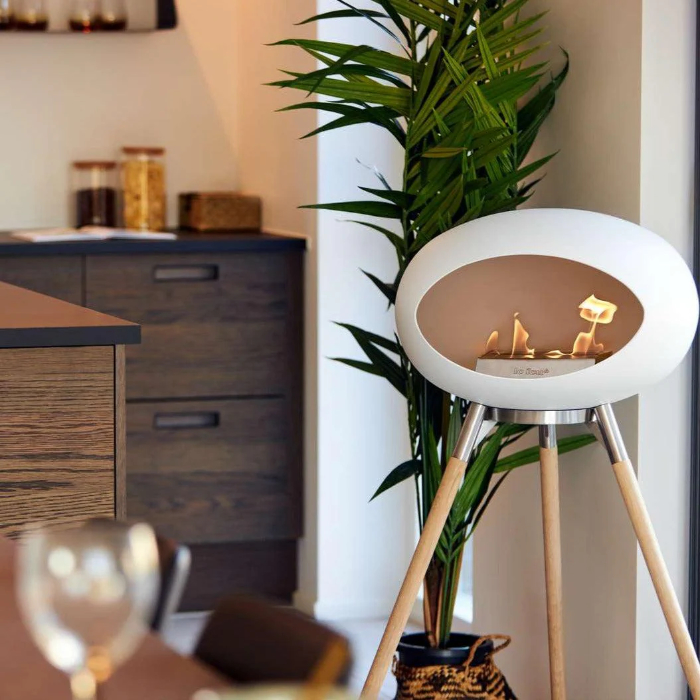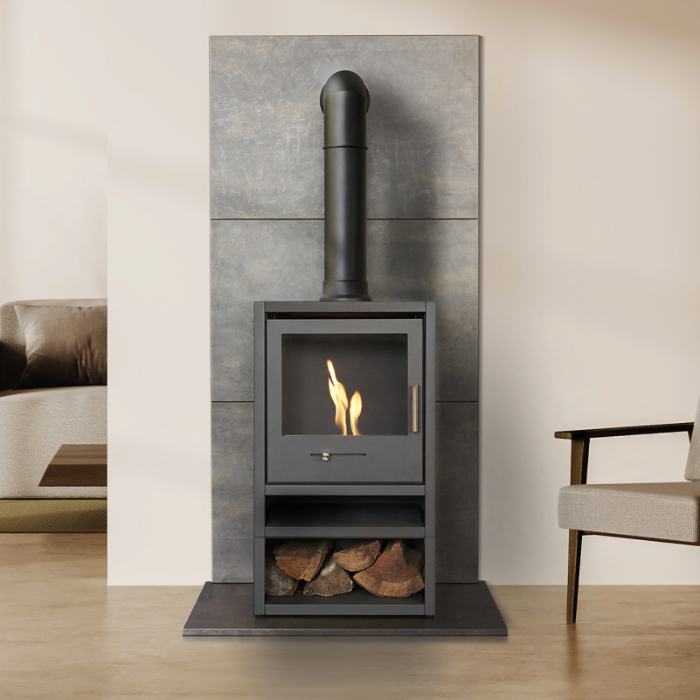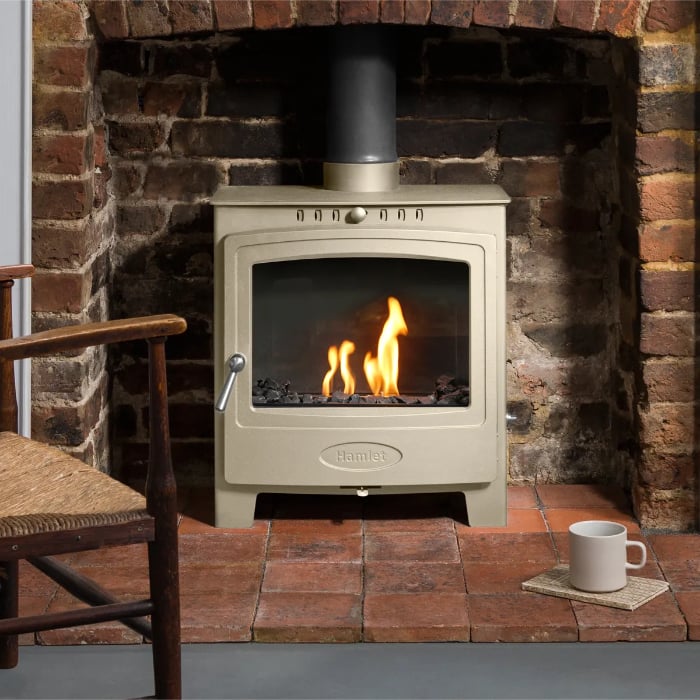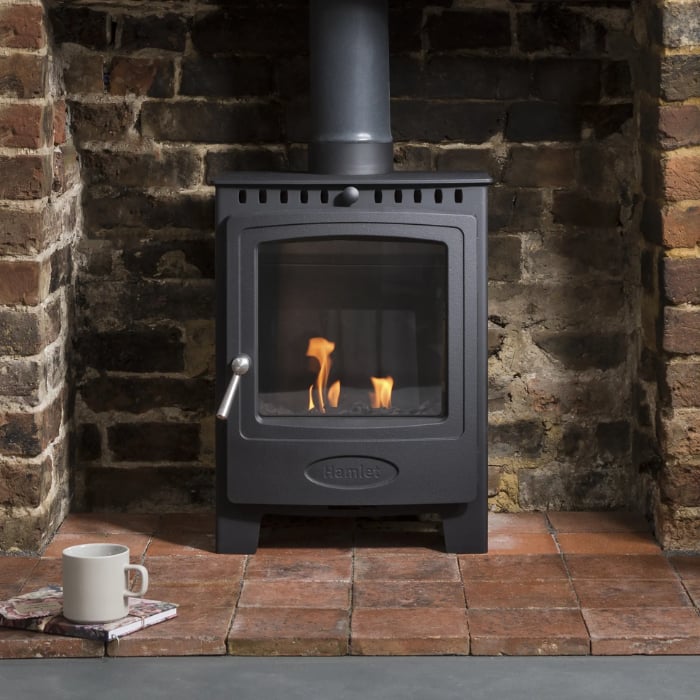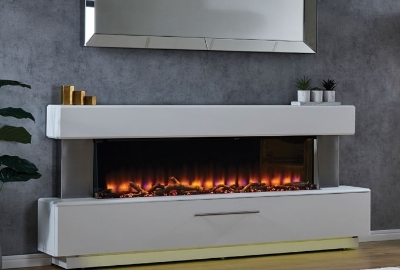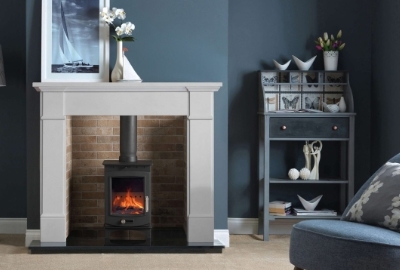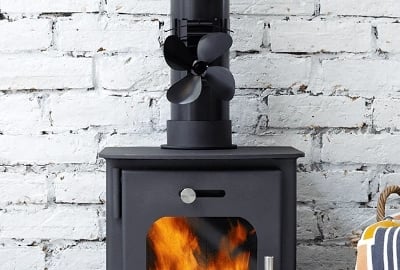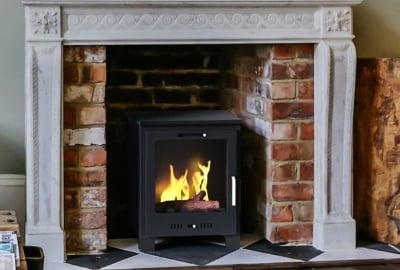Looking for a stylish, eco-friendly, and hassle-free way to bring warmth into your home? Bioethanol stoves are becoming one of the hottest interior trends, combining sleek design with sustainable living. Unlike traditional wood burners or gas fires, these stoves require no chimney, and offer a flexible heating solution that fits any modern lifestyle.
In this guide, we’ll explore the benefits of bioethanol stoves, answer the most common questions, and help you decide if one is right for your home.
Contents
What is a bioethanol stove?
Why choose a bioethanol stove?
How much heat do bioethanol stoves provide?
Are bioethanol stoves safe?
Cost of running a bioethanol stove
Bioethanol vs. wood-burning stoves
Styling inspiration: where to use bioethanol stoves
Final thoughts: should you buy a bioethanol stove?
What is a bioethanol stove?
A bioethanol stove is a heating appliance that burns bioethanol fuel, a renewable energy source derived from plants such as sugarcane, corn, or wheat. When ignited, the stove produces real flames without smoke, soot, or ash.
Unlike log burners, which require a flue or chimney, bioethanol stoves are ventless, making them easy to install in living rooms, kitchens, conservatories or even apartments where wood burners or gas stoves are often prohibited.
Why choose a bioethanol stove?
1. Eco-Friendly Heating
Bioethanol is a carbon-neutral fuel, as the CO₂ released during burning is offset by the plants grown to produce it. Choosing a bioethanol stove reduces your carbon footprint without compromising on warmth or style.
2. No Chimney, No Mess
Say goodbye to soot, ash, and chimney cleaning. Bioethanol stoves burn cleanly, leaving no residue. This makes them a low-maintenance option compared to traditional fireplaces.
3. Flexible Installation
Whether you live in a country cottage or a city apartment, bioethanol stoves can be placed almost anywhere. Many are freestanding or wall-mounted, requiring no professional installation.
4. Stylish Design
From ultra-modern glass-fronted burners to classic cast-iron designs, bioethanol stoves double up as functional statement pieces. They bring both ambience and elegance to your home.
5. Instant Warmth & Ambience
Within minutes of lighting, your stove creates a warm, flickering flame that mimics a real fire. Perfect for cosy evenings without the hassle of chopping wood.
How much heat do bioethanol stoves provide?
While bioethanol stoves and fires produce real flames, they are best suited for supplementary heating rather than being the sole heat source. Most models give between 1–3kW of heat output, enough to warm small to medium-sized rooms comfortably.
Think of them as decorative yet functional, ideal for ambience, warmth, and eco-living.
Are bioethanol stoves safe?
Yes, when used correctly. Reputable bioethanol stoves are designed with safety chambers to prevent spills and regulate burning. Always use the correct fuel, never top up while lit, and keep the stove out of reach of children and pets.
For added peace of mind, many models include flame regulators so you can adjust or extinguish the fire instantly. The bioethanol fire brands we trust include Hamlet Stoves, OKO Stoves, Le Feu & Henley Stoves.
Cost of running a bioethanol stove
A litre of bioethanol fuel typically costs between £2–£3 and can last 3–5 hours depending on flame size. This makes them an affordable option for occasional use, especially compared to the rising costs of gas and electricity.
Tip: Buying fuel in bulk can save money and ensure you’re always stocked up.
Bioethanol vs. wood-burning stoves
|
Feature |
Bioethanol Stove |
Wood-Burning Stove |
|
Fuel Source |
Plant-based bioethanol |
Logs, wood or briquettes |
|
Installation |
No chimney required |
Chimney/flue required |
|
Heat Output |
1–3kW (supplementary) |
5–12kW (primary) |
|
Maintenance |
No ash/soot |
Regular cleaning |
|
Eco-Friendly |
Carbon neutral |
Carbon neutral ( if the wood is sourced sustainably and replanted) |
|
Cost |
Low running costs |
Low fuel/storage costs |
If you’re after ease of use, design flexibility, and eco benefits, bioethanol wins. If you need high heat output for your main heating source, a wood-burning stove may still be the better choice.
Styling Inspiration: Where to Use Bioethanol Stoves
- Living Rooms – Create a cosy focal point without the need for a chimney.
- Apartments – Add real flames where wood burners aren’t permitted.
- Garden Rooms & Conservatories – Extend your evenings with warmth and ambience.
- Dining Rooms – Impress guests with a modern, flickering centrepiece.
Final Thoughts: Should You Buy a Bioethanol Stove?
If you want a stylish, eco-conscious, and easy-to-use heating option, a bioethanol stove is the perfect choice. They provide the beauty of real flames without the hassle of wood or gas, making them a fantastic addition to modern homes.
Whether you’re redesigning your living space or simply want to add warmth and ambience, bioethanol stoves offer a balance of functionality and elegance.
So if you’re ready to upgrade your home with a bioethanol stove, browse our full collection today and discover the perfect design to match your lifestyle. Don’t wait, bring warmth, style, and sustainability into your home this season.
Do bioethanol stoves give off heat?
Yes, bioethanol stoves produce real heat, usually between 1–3kW—ideal for small spaces.
Can you use a bioethanol stove indoors?
Absolutely. They are designed for indoor use and do not require a chimney or flue.
Is bioethanol fuel expensive?
At around £2–£3 per litre, running costs are affordable, especially for occasional use.
Are bioethanol stoves safe?
Yes—when used with the correct fuel and manufacturer’s instructions.
Do I need planning permission?
No. Bioethanol stoves require no chimney, flue, or external connections.

